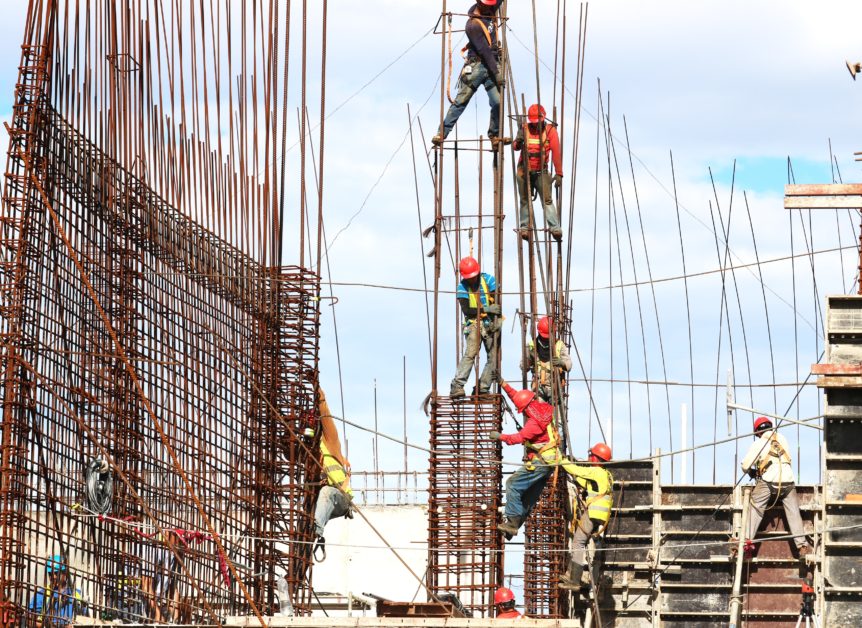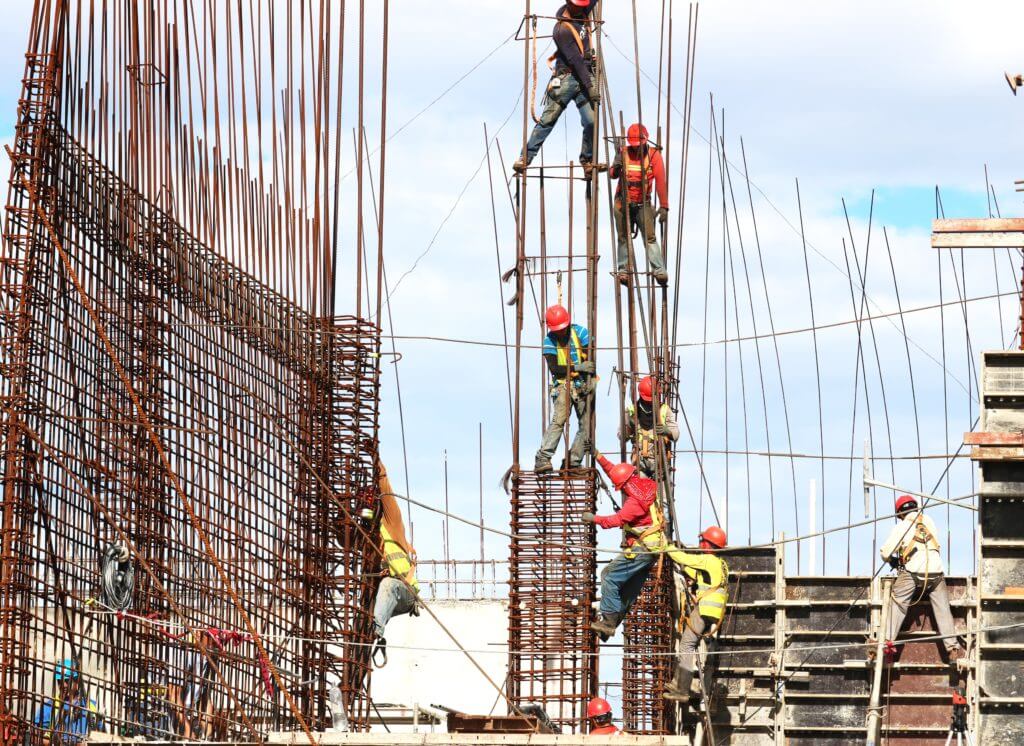
Photo by Josue Isai Ramos Figueroa on Unsplash
Safety should always be the first priority especially in construction worksites. With the recent construction accident on June 13 in Manila, when a cement-filled bucket fell from the 28th floor of a building and crushed a construction worker to death, it is high time to provide a few construction site safety tips for workers.
There are many safety hazards around every corner. This is why it is so important that workers at these sites know and follow safety rules set forth by you. By following the five tips below, you can ensure that your construction site is a safe and efficient place to be.
1. Be cautious in getting in and out of equipment
One of the leading causes of deaths and injuries to operators are getting in and out of their equipment. You can reduce the risk of your workers by always checking your boots for mud and slippery substances and wearing gloves to ensure that you have a decent grip. If necessary, use a step ladder to make sure you can climb on the equipment safely. Always take your time and avoid hopping up or down on equipment because this is when most accidents happen. Lastly, if you need a hand, be sure to ask because there is nothing to be embarrassed if you need help.
2. Wear right protective equipment and keep an updated first aid kit
It’s important that you wear the right clothes for your job, which means wearing protective gear is a must. When you are in the site, you should store your gear and other tools in a safe, dry place. First aid kits and fire extinguishers should be readily available and must be located near the work area.
If you’re lifting heavy objects, you should use a back brace to prevent damage to your body. You should also be sure to wear gloves and goggles on the worksite if you’re using dangerous tools. If you’re working on an elevated area and there’s a risk of slipping and falling, you should wear a safety harness.
You should also wear nonskid, rubber footwear if you are working in an area with slippery surfaces. Or, if you’re lifting particularly heavy objects. Be sure to find the most comfortable composite toe shoes for work.
It Is also important to wear a breathing mask at work if your workplace has bad ventilation if you work with dangerous toxins, or if you deal with constant dust or other debris.
3. Stay safe when loading or unloading equipment
There is always the risk of equipment rolling over if you’re loading or unloading it, so it’s important to make sure the ramps you’re using are straight and cleared. You should also be sure to allow plenty of room between you and the equipment in case of an emergency.
Make sure you use another co-worker as a spotter while guiding your equipment and make sure the machine is clear of the ramp before turning it. However, you should also make sure the trailer deck and you have proper clearance before loading it, in addition to using correct tie-down procedures.
4. Use the proper ladder height
Any worker who frequently climbs ladder or stairs during a project should take these special precautions. Workers should always inspect a ladder or stairs before they step on them. Check for damaged, loose, worn, weak, and otherwise broken spots. Avoid standing on these areas and inform the foreman of these safety issues. Stairs and ladders should be kept clean, uncluttered, and dry. Workers should not use metal ladders in rainy or wet conditions.
When you can, choose aerial lifts and elevated platforms as these are safer than standing and balancing on a ladder. Additionally, you should install safety features like warning lines, guardrails with toes boards, and control line systems.
When you are using a ladder, you should pick one out that is at least three to four feet taller than the location you need to reach. You should also make sure you calculate the distance carefully. For every four feet of height, scoot the base of the ladder out a foot from the wall. Be sure to move the ladder as you work. Do not try to overreach as you can easily lose your balance and get injured. When climbing and descending, keep your hands free and your tools in your tool belt.
5. Check your surroundings at all times
When it comes to construction workplace frustrations, crowding in work areas is one of the biggest factor. This is especially an issue with large machinery. People on the work site gather to watch the large machines work. Usually, there is no reason for this; it is just a habit. However, it increases unnecessary exposure to injury.
If someone is working with large machinery, people on the ground should remain far from the operating area. Foremen should enforce this rule and review it at any safety meetings. It is not the operator’s responsibility to ensure people stay back while they are trying to work. However, they can beep their horn to warn others when they are about to begin working. They should also be sure to check closely behind them when they are backing up.


